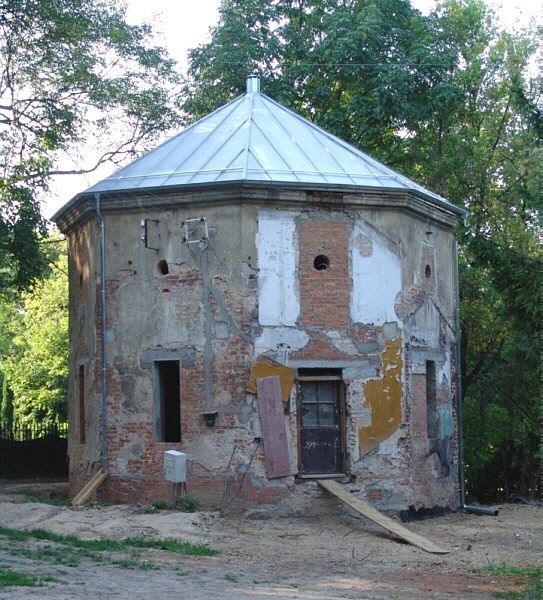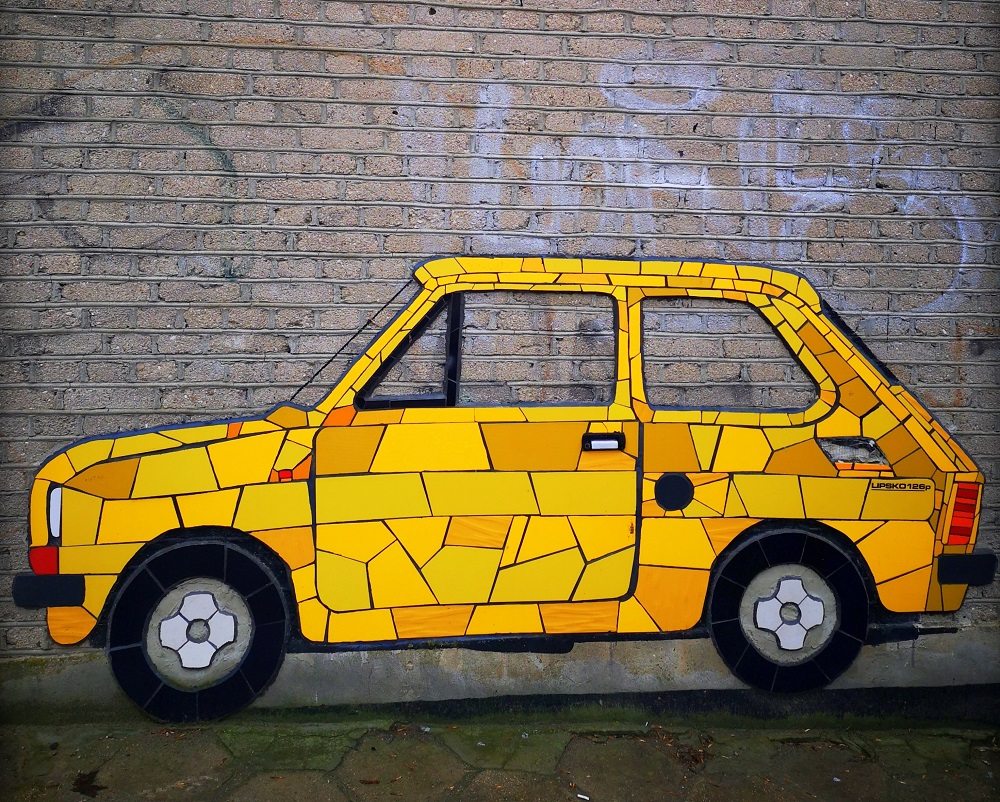Other places

The building was erected in 1922-1923 according to the design of the Lublin architect Ignacy Kędzierski. ...

A small building of a characteristic octagonal shape standing at Długosza Street has an extremely interesting history. Executions took place there for several hundred years, as the building served as a city gallows. ...

Since 1972, the building located on the Białkowska Hill has been a museum, in which exhibits related to life and activity of Wincenty Pol are gathered. Born in Lublin, the outstanding poet and at the same time a renowned traveler and geographer, left behind numerous notes, photographs, as well as an impressive collection of globes. ...

In 1877, a railway line connecting Lublin with Warsaw and Kovel, was open. The connection was known as the "Vistula Railway". It is worth adding that the train journey from Warsaw to Lublin lasted mere 7 hours. The location of the Lublin railway station away from the city center, in the industrial area of the village of Bronowice, was suggested by the province engineer Feliks Łodzia Bieczyński. In 1877, one of the most magnificent stations along the entire route, designed by architect Witold Lanci, was built in Lublin. The station built in the official-Tsarist style was rebuilt in the 1920s ...

The brick church at the Lviv Route was built in the years 1635–1649 in place of the wooden temple of St. Lawrence. ...

The church was erected for the Augustinian Order in the first half of the 17th century at the Lviv Route. After the destruction associated with the Swedish invasions, it was rebuilt in the second half of the 17th century. ...

The church, located on a hill, was erected by Carmelites in the mid-18th century in place of a prior wooden chapel. The author of the design was Paweł Antoni Fontana, the architect of the Sanguszko family. ...

Located by the Catholic University of Lublin, the Holy Cross church was founded in the fourteenth century. The creation of the church is associated with a legend according to which the Gdańsk merchant Henry tried to steal the relics of the Holy Cross, kept in the Dominican church. Under cover of the night, he wanted to take the relics out of Lublin, but outside the city walls the oxen stopped and did not want to pull the cariage anymore. Terrified, Henry turned the carriage back to the city, returned the relics, and founded a church at the place of the miraculous event - originally wooden, la ...

The Lublin Open Air Village Museum is one of the largest and most beautiful open-air museums in Poland. It presents monuments characteristic of villages from various parts of the Lublin Region and a Provincial Town of Central Europe from the 1930s. The atmostphere is enriched by arable crops and farm animals, such as horses, goats, chickens, geese, and ducks. ...

The district of LSM (Lubelska Spółdzielnia Mieszkaniowa) was established in the south-west part of Lublin, characterized by varied terrain. Its valleys and hills create a picturesque, upland landscape. In 1957, the previously farm territory was used to establish the Lublin Housing Cooperative, consisting of housing estates such as Mickiewicz's, Słowacki's, Krasiński's, Sienkiewicz's, Konopnicka's, Prus', and Piast. ...
Page 1 of 2











